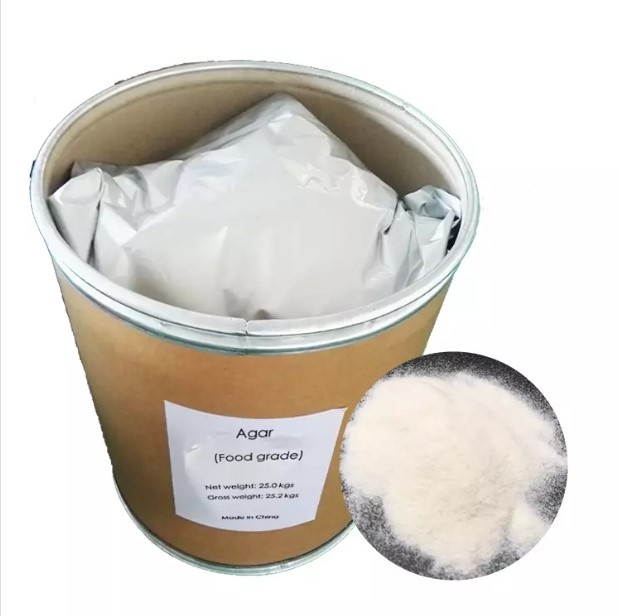close
Choose Your Site
Global
Social Focus
Views: 0 Author: Site Editor Publish Time: 2023-02-16 Origin: Site









Sodium nitrite is an inorganic compound with the chemical formula NaNO2, a white crystalline powder, easily soluble in water, slightly soluble in ethanol, methanol, and ether, mainly used in the manufacture of azo dyes, but also as a mordant for fabric dyeing, bleaching agent, metal heat treatment agent. Sodium nitrite is also used as a coloring agent and preservative in the processing of meat products. Because sodium nitrite behaves as an alkaline reaction and reacts with oxygen in the air, it can be used to prevent rust in steel sheets.
The following is a list of contents:
Chemical properties of sodium nitrite
How to deal with a sodium nitrite spill in an emergency
Preservation of sodium nitrite
Sodium nitrite reacts with oxygen to form sodium nitrate when exposed to air. If heated above 320°C, it decomposes to form oxygen, nitrogen oxide, and sodium oxide. It is prone to combustion and explosion when in contact with organic matter. Sodium nitrite is a strong oxidizing agent and reductive, it will gradually oxidize in air and the surface will become sodium nitrate, it can also be oxidized by oxidizing agents and decompose in weak acids to give off brown nitrogen dioxide gas. In addition, sodium nitrite can also be in contact with organic matter, reducing agents can cause explosions or combustion, and emit toxic irritating nitrogen oxide gas. It can also be oxidized by strong oxidants, especially ammonium salts, such as ammonium nitrate, ammonium persulphate, etc. at room temperature, that can interact with each other to produce high heat, causing combustible materials to burn.
In the event of a sodium nitrite spill, the spill-contaminated area should be immediately isolated and access restricted. It is recommended that emergency responders wear self-contained breathing apparatus and general operating overalls. Do not allow sodium nitrite spill to come into contact with reducing agents, organic materials, flammable materials, or metal powders. Emergency responders should also not come into direct contact with the sodium nitrite spill. In the case of small spills of sodium nitrite, collect with a clean spatula in a dry, clean, covered container. If a large amount of sodium nitrite is spilled, collect and recycle or transport it to a waste disposal site for disposal.
Sodium nitrite should be stored in a cool, dry, well-ventilated room, away from fire and heat sources. The storage temperature should not exceed 30°C and the relative humidity should not exceed 75%. The packaging of sodium nitrite should be sealed, not in contact with air, and should be stored separately from reducing agents, active metal powders, acids, and edible chemicals, and should not be mixed. The storage area for sodium nitrite should be equipped with suitable materials to contain leaks.
If you are interested in sodium nitrite, consider our company. SUNWAY Group manufacturing and exporting agrochemicals, food additives, feedstuff additives, and water treatment chemicals for over 10 years. Our website is www.jysunway.com, we are looking forward to your arrival and hope to cooperate with you.